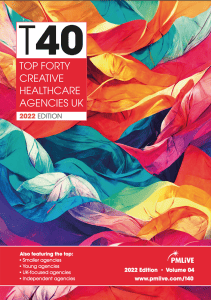
The Access to COVID-19 Tools Accelerator (ACT-A) has announced the launch of a six-month plan, outlining how world leaders and global health agencies should work in tandem with the public and other partners, in order to aid the transition for long-term COVID-19 management.
Set up in 2020, ACT-A was launched by the World Health Organization (WHO), the President of France, the President of the European Commission and the Bill & Melinda Gates Foundation, in response to the G20’s call for a global tool to accelerate the development of tests, treatments and vaccines and to ensure equitable distribution.
ACT-A is the only end-to-end multilateral solution to the acute phase of the COVID-19 pandemic. In acknowledgement of the ever-changing nature of COVID-19, the ACT-A partnership has made efforts to adapt its ways of working, as countries move from controlling COVID-19 as a critical public health threat to the integration of long-term disease management campaigns.
Since the current ACT-Accelerator Strategic Plan & Budget: October 2021 to September 2022 runs until the end of September 2022, the partnership has set up a six-month transition plan, as outlined in its ACT-Accelerator Transition Plan (1 Oct 2022 to 31 Mar 2023).
The plan was produced as part of a consultative process with ACT-A agencies, donors, industry partners, civil society organisations and Facilitation Council members, and underscores key focus areas for the partnership’s pillars, coordination mechanisms and other core functions.
Moreover, it highlights the work to be maintained, transitioned, or kept on standby, while also supporting the work of ACT-A agencies as they adjust the financing and implementation of their COVID-19 efforts.
Centring on three areas, the next step of ACT-A partners’ work involves focusing R&D and market to ensure a pipeline for new and enhanced COVID-19 tools, as well as securing institutional arrangements for sustained access for all countries to COVID-19 vaccines, tests and treatments.
Lastly, the partners will concentrate in-country work on new product introduction and the full vaccination of priority populations, such as health care workers and the elderly, in line with national and international targets.
The plan lays out the move into mainstream partnership-level financing and resource mobilisation into the regular work of each agency for the future. Considering the aforementioned three focus areas, the ACT-A agencies have estimated a $400m requirement for their transition work spanning the next six months.
Commenting on the transition plan, WHO director-general, Dr Tedros Adhanom Ghebreyesus, said: “As the world moves towards managing COVID-19 over the long-term, ACT-A will continue to support countries by providing access to vaccines, tests, and treatments.
“But as this plan lays out, we still have a lot of work to do to achieve equitable access to these life-saving tools, with health workers and at-risk populations as our top priority.”




